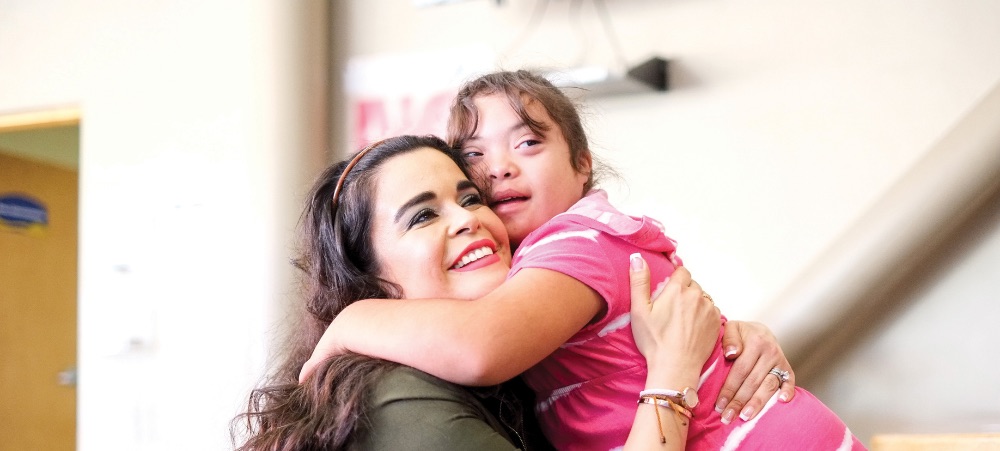All around the world famous landmarks have been lit up with blue lights – a great way for the world to notice that autism is real, it impacts more people than we can imagine and there is still so much to learn about the condition.
Ask any parent, adult, sibling or adolescent living with autism, about what aspect they find most difficult and they will mostly confirm that dealing with the sensory elements of autism is or was their biggest hurdle.
At every moment in our 24-hour day, our senses are inundated with new and old sensory input, which gets filtered appropriately in order for one to function effectively.
Many autistic children have great difficulty with processing sensory input from the environment, and added to that they have great difficulty communicating what they don’t like about the sensory input.
- Autistic children are typically sensory sensitive with either low or fluctuating thresholds, meaning that they are hugely affected, (often negatively), by sensory input from their environments. It is just too loud, too bright, too tight or too fast for them. They experience sensory overload on a constant basis and they really battle to cope with this. This video by the Interacting with Autism Project is a fantastic illustration of what somebody with autism must be experiencing when confronted with sensory overload.
- Their withdrawal patterns and poor social skills are not necessarily caused by sensory overload, but augmented by their sensory issues. Children on the Autism spectrum need consistency, routine and structure.
- Unpredictable and sensory overloaded environments (like shops and shopping malls) are very difficult for them to cope with, which typically will cause them to throw tantrums, get aggressive and/or withdraw from such environments.
- Sensory meltdowns occur when there is some form of discordance that happens in one or more of the sensory systems (touch, taste, sound, sight, smell, movement). Low blood sugar levels are also of relevance, as lowered blood sugar levels heighten all the senses.
- Remove the child from the distressing environment and take him to a safer and calmer place.
- Parents should be aware of meltdowns, it happens so quickly and without warning – but try not to over protect them or to shield them from stressful environments.
- Learn to anticipate which sensory system overloads the quickest and be prepared.
- Exposure to new and uncomfortable environments needs to be done in a gentle and calculated way (when the child is calm and regulated) as it helps them learn to anticipate, to adapt to and to manage these environments.
A portable sensory toolkit can be taken with you whenever you are away from home and can include the following items:
- Sunglasses (to decrease the effect of bright light).
- A baseball cap or wide brimmed hat (for decreased visual stimulation).
- An ice cold water bottle with a sport cap for sucking water or an ice cold juice with a straw.
- A chewy snack, like biltong, dried fruit, chewing gum.
- Soundproof headphones for very loud environments.
- A change of clothing (long-sleeved t-shirt to avoid unwanted touch).
- Deep bear hugs – for a calming effect.
- Deep breathing – the universal calmer.
One’s senses are thus a vital key to coping with autism – it is the window to their souls and interactions. Understand it, use it wisely and learn to look at people and environments form a sensory point of view.
We understand that there are many aspects that encompass a Mother, Father or Child and strive toward providing resources and services that accommodates this.
Our content is aimed to inform and educate families on issues starting from pregnancy through to the challenges of the teen-age years.
- Say Hello to the Ultimate Holiday Brunch Bite - December 17, 2025
- Tiny Toons Looniversity Returns: Meet the Voice Behind Plucky and Hamton! - December 12, 2025
- From Pain to Possibility: Panado®’s New Marketing Campaign, Highlights The Joy Of Pain Relief - December 10, 2025





